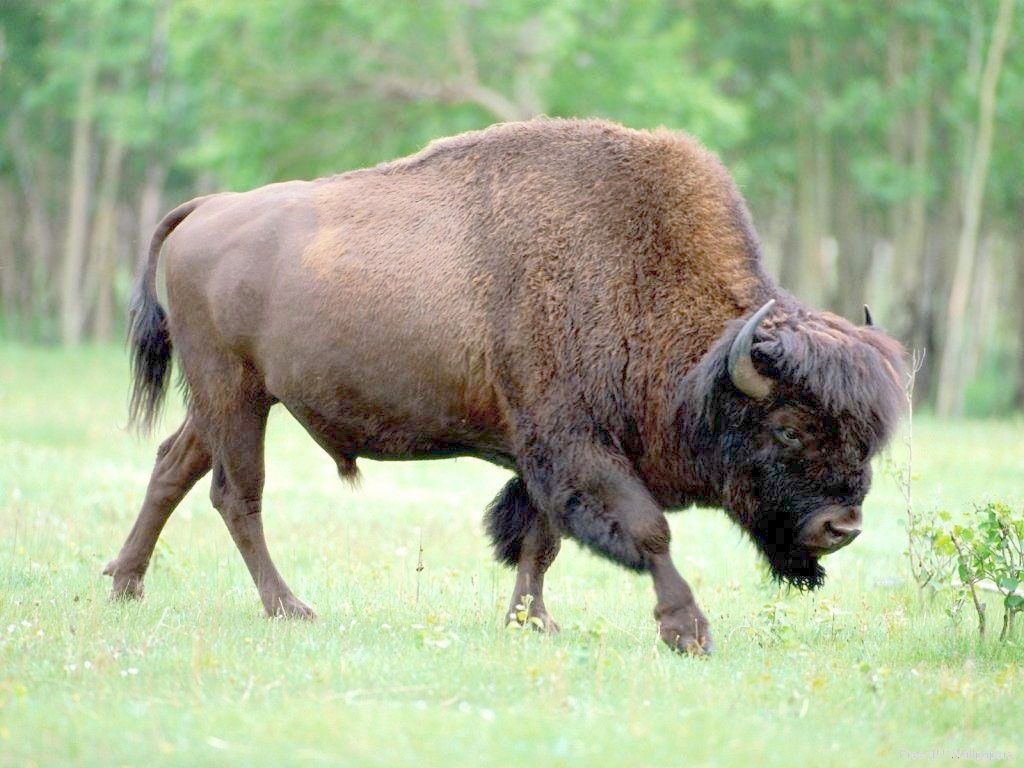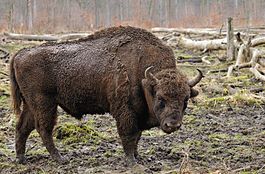Why do animals need tails?
There are many different animals in nature: fish, amphibians, reptiles, birds, mammals. And almost everyone has tails. They are very different: large and small, fluffy and hairless, with and without scales. We also have a wonderful animal representative at home – the cat Stepan. My mom and dad gave it to me for my birthday three years ago. Then my Stepan was a small one-month-old kitten. But so beautiful, cute, fluffy, with big blue eyes and a small sticking tail! I fell in love with him from the first minutes of my stay in our house. I often play with him and fall asleep only with my favorite Stepan. Over the years, my cat has grown and turned into a real handsome man with a big fluffy tail. I noticed that Stepan’s tail moves differently in different situations. And it was amazing. I recently read the story “Tails” by Vitaly Bianchi. And it seemed to me that the author of this educational story revealed only a small part of all the functions of the tail in animals. Questions regarding tails seemed so fascinating to me that I decided to continue collecting interesting facts on this topic. Why do we need tails? And are they needed at all?
Description of the main groups of animals.
In everyday life, the word animals often means only four-legged terrestrial vertebrates (mammals, reptiles and amphibians). In science, the term animals has a broader meaning. Animals, in addition to mammals, include a huge variety of other organisms: fish, birds, insects, arachnids, mollusks, starfish, all kinds of worms, etc.
Mammals are the most beautiful animals existing on earth. This class of animals includes 20 orders and 4012 species. Thanks to features characteristic only of them, mammals, or animals, have adapted to live everywhere - on the ground, in the soil, in the water, underground, in the air, in the humid tropics, in the cold Arctic and Antarctic, in the hot dry desert, high in the mountains.
Birds are a class of feathered, warm-blooded, oviparous vertebrates whose forelimbs are shaped like wings. Initially, the body structure of birds is adapted for flight, although at present there are many species of flightless birds. Another distinctive feature of birds is the presence of a beak. Today, more than 9,800 different species live on Earth (in Russia there are 600 species), making them the most diverse group of the tetrapod superclass. Birds are found on all continents and in all ecosystems from the Arctic to the Antarctic.
Fishes are a superclass of aquatic animals, a large group of jawed vertebrates characterized by gill breathing. Fish are found in both salt and fresh waters, from deep ocean basins to mountain streams.
The sizes of modern fish vary from 7.9 mm to 13.7 m (whale shark).
According to various sources, from 25,000 to 31,000 species of fish are known in the world. About 3,000 species live in Russia, including more than 280 species found in fresh waters.
Reptiles (reptiles, reptiles) are a class that includes modern turtles, crocodiles, beaked animals, amphisbaenians, lizards and snakes. There are 8,734 species of reptiles known in the world; 72 species live in Russia, occupying an intermediate position in terms of organization between amphibians, on the one hand, and birds and mammals, on the other.
There are four orders of modern reptiles. These are 300 species of turtles (Chelonia), 25 species of crocodiles (Crocodilia), about 5500 squamates, i.e. lizards and snakes (Squamata) and, finally, tuatara, or tuatara, the only representative of the beak-headed order (Rhynchocephalia).
Insects are a class of invertebrate arthropods. Together with millipedes, they belong to the tracheal subphylum. There are about 1 million known species of insects. They have the greatest diversity of any other animal on Earth; include butterflies, beetles, flies, ants, bees and others.
Briefly the class can be characterized as follows. These are terrestrial arthropods, in which the body is clearly divided into the head, chest and abdomen, and the main limbs used for movement are among 3 pairs on the thoracic region.
Amphibians (Amphibia) - occupy a special place among other animals, since they represent the first and most simply organized terrestrial vertebrates. Amphibians are the smallest class of vertebrates, including only about 2,100 modern species, represented by three orders: caudate, legless and tailless.
Studying the literature about animals, we note that the variety of tails in the animal world can amaze any imagination. They differ from each other in color, shape, are long and short, bare and fluffy, thick and thin. Fish, amphibians, reptiles, birds, and mammals have tails.
The tail has several functions:
- mechanical (helps with movement);
- protective (can be thrown away by an animal in case of danger or serve as a weapon of active attack and defense);
- physiological (serves for storing nutrients, thermoregulation)
- communicative (participates in the exchange of information between animals).
The mechanical function of the tail is that it is often used as a support when running, jumping, walking, steering when swimming, flying, as an additional hand when climbing. Many animals spend most of their lives in the crowns of trees and rarely come down to the ground. How to stay on a tree? Everyone solves this problem in their own way. And the tenacious, grasping tail helps many in this. Half-aquatic and semi-aquatic animals - muskrats, muskrats, beavers, nutria, river otters and others - usually have a relatively long tail, which, when striking from side to side or up and down, plays mainly the role of a rudder.
The tail and caudal fin are the most important organs of movement, steering and braking in the vast majority of fish.
The physiological function of the tail is thermoregulation*; the tail performs this “blanket” function in those mammals that have a furry tail.
The tail plays a great role in thermoregulation in the beaver (it is not only a rudder when swimming and an audible alarm). A highly developed network of blood vessels in the tail ensures rapid cooling of the body, preventing overheating, removing excess heat from the internal organs.
And in aquatic animals, such as cetaceans, fins and tails are perfect thermo- and self-regulators. With different swimming conditions, maximum heat transfer occurs through the dorsal and caudal fins.
Another physiological function of the tail is storage; In jerboas, inhabitants of deserts, the reserve of fat is stored in the tail; thick tails do not interfere with the function of both the steering wheel and the balancer when running. Mouse lemurs also have tails, which store fat. They help them endure unfavorable conditions and use fat reserves sparingly during hibernation.
Protective function of the tail - in small mustelids in winter the tail is protected by coloring. The ermine has white fur and the tip of its tail is black; during an attack, the predator focuses on its “eye”, i.e. a dark spot on a white background, and the ermine’s tail literally saves the head.
The tail of zebras, donkeys, bison, and roe deer helps drive away mosquitoes and horseflies. The North American porcupine defends itself with its spiny tail, which acts like a rattlesnake. The end of the porcupine's tail resembles a brush; it consists of thick hairs with brush-like swellings at the ends along the entire length of the hair. With such a “rattle” the porcupine warns the enemy. Losing a tail is also a defense. In forest mice, not the entire tail is lost, but only its tip. Fleeing from death, leaving the skin with the tip of their tail in the claws and teeth of their enemies, they run away to a safe place.
The communicative function of the tail is a form of communication and signaling in animals. The tail is an indicator of mood. Let's look at this function using my cat Stepan as an example. When Stepan is calm, his tail hangs freely down. When we are joyfully greeted when we come home, Stepan’s tail is raised high. When stroking a cat, its tail also sticks out like a “pipe”. When Stepan “goes hunting” (watches pigeons through the window), he makes short waves of his tail or its tip.



No comments here yet.